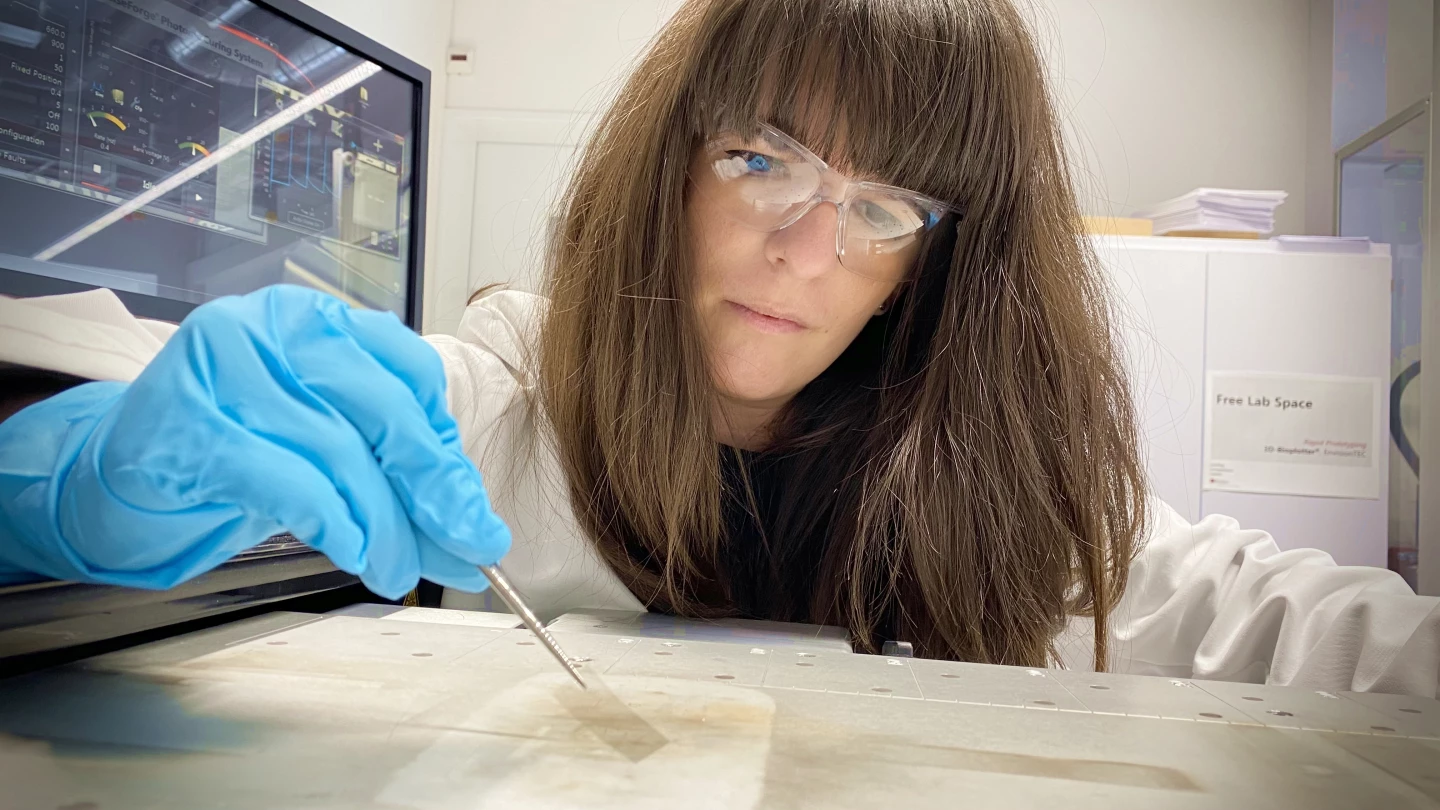In order for a thief to bypass a security system's interface, they generally have to see that interface in the first place. That's why Swiss scientists have designed an access code keypad which is completely transparent.
Created via a collaboration between the Empa research institute, EPFL and the Paul Scherrer Institute, the prototype device consists of a thin clear polymer film substrate, onto which are inkjet-printed numerical buttons and circuits made of transparent ink. That ink contains indium tin oxide nanoparticles, and is electrically conductive.
The production process involves dying the film blue, once the ink has been applied. A high-energy light irradiation process is then used to sinter the buttons and circuits onto that film – this makes the ink considerably more conductive than would otherwise be the case. The blue coloration initially assists by helping the substrate to absorb the light, but that color ultimately disappears as part of the irradiation process, leaving the film transparent once again.

The finished product could be adhered to a surface anywhere near a door, safe, or other place with restricted access – as long as a power supply was available. As with traditional systems, punching in the correct code would cause the door, etc to unlock.
Only authorized personnel would know where the keypad was located, plus only they would know which buttons to press, in what order. Because the buttons themselves aren't visible, however, a nearby electronic display would help by showing users which numbers were being selected.
The lead scientist, Empa's Evgeniia Gilshtein, demonstrates the technology in the following video.
Source: Empa





